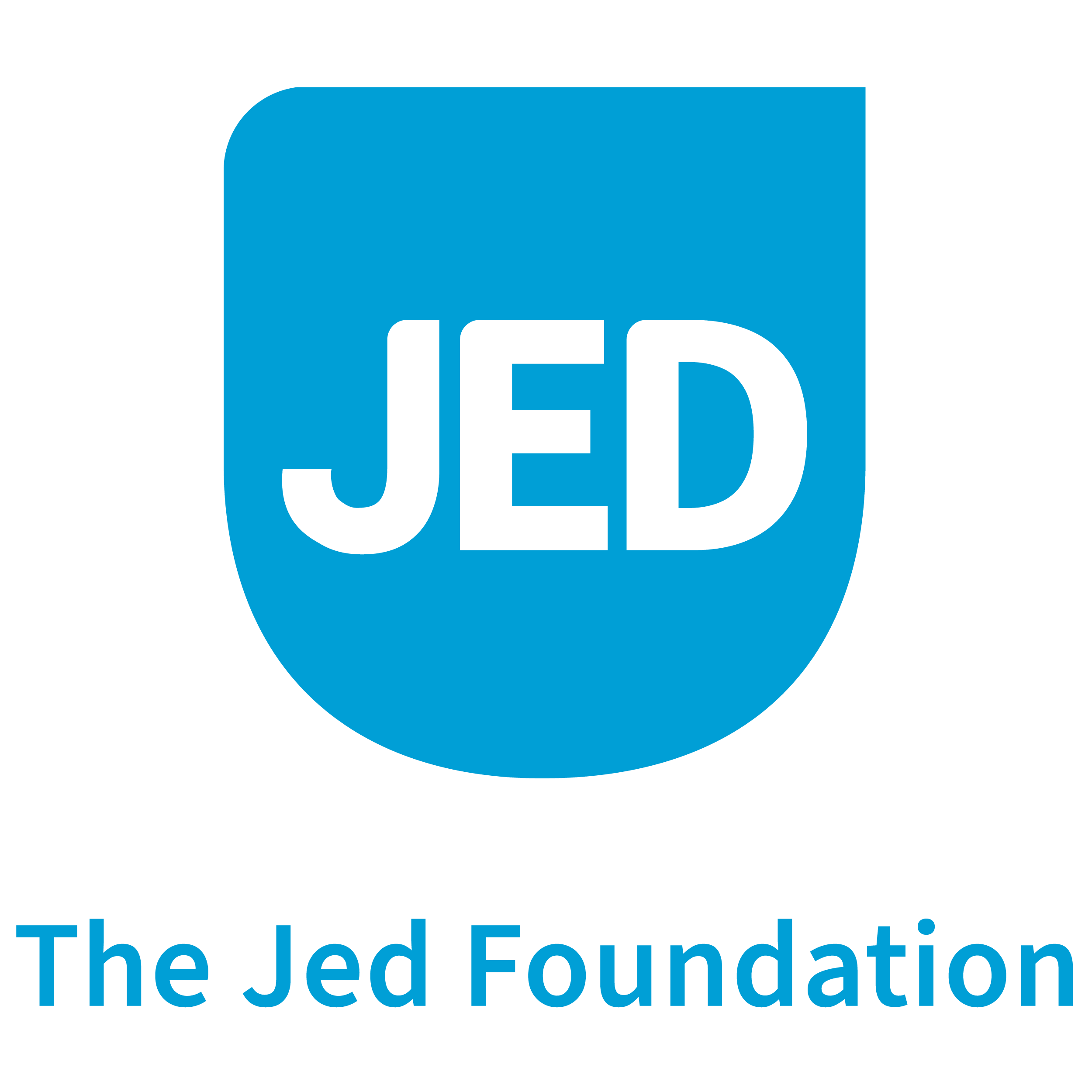Understanding Eating Disorders

By Lauren Krouse
Our lives often revolve around food. We plan hangouts around what new restaurant to check out and bake desserts to show others love — but at the same time, many of us face intense pressure from family members, friends, ads, celebrities, and influencers to achieve the “perfect” body.
In a culture where it’s all but impossible to escape the constant scroll of fad diets, photoshopped bodies, and high-intensity workout routines, you’re not alone if you’ve struggled with negative thoughts and feelings about your body or felt pressured to lose weight. Because of that culture — and how common speaking negatively about our bodies is — it can be hard to know when you or someone you love is living with an eating disorder.
Up to 8.4% of women and 2.2% of men will develop an eating disorder at some point in their lives, and eating disorders affect people of all genders, ages, races, and socioeconomic statuses. Eating disorders are serious medical conditions that can become life-threatening — but they are treatable and full recovery is possible with the right resources and support.
If you’re worried about yourself or someone you love, you’re doing the right thing by taking potential signs seriously and learning more. Read on to start educating yourself about when and how to get support for an eating disorder.
Common Types of Eating Disorders
There are many types of eating disorders, and they can look very different in different people. Each one can impact anyone, no matter their body size or weight. The most common eating disorders are:
- Binge-eating disorder. Binge eating disorder involves repeated bouts of binge eating, during which you eat an uncomfortably large volume of food in a short period of time. It’s a painful cycle that often leads to crushing feelings of guilt and frustration, but you feel you can’t stop or control yourself.
- Bulimia (bulimia nervosa). People with bulimia experience cycles of binge eating, but also cycles of “compensatory behaviors.” These are behaviors where you are “making up” for what you ate by forcing yourself to throw up, fasting, overexercising, or misusing medications such as laxatives.
- Anorexia (anorexia nervosa) People with anorexia severely limit how much they eat and may also feel extremely scared of gaining weight. As a result, people with this condition can have lots of “food rules” (rigid calorie counts, eating a very limited variety of foods, etc.) and may lose a significant amount of weight. It’s important to note that many people with anorexia will not be underweight even though that’s the stereotype. In fact, atypical anorexia nervosa is an eating disorder diagnosis that describes exactly that: people who have all the signs and symptoms of anorexia nervosa, but their body weight may remain in what is typically considered a “healthy” or even elevated range.
- Avoidant restrictive food intake disorder (ARFID). ARFID is when you don’t take in all the nutrients your body needs because you avoid certain foods based on texture, smell, taste, or color; you’re afraid something bad could happen, often based on past experiences such as choking or food poisoning; or you have a low appetite or disinterest in eating. To be diagnosed with this eating disorder, these eating difficulties have to happen regularly and in a way that negatively impacts your body weight, nutritional status, or daily functioning. Children and teens of all genders can develop ARFID. It’s also more common in people who are diagnosed with generalized anxiety disorder (GAD), attention-deficit/hyperactivity disorder (ADHD), or autism spectrum disorders (ASD).
What Causes Eating Disorders?
There’s no single cause of eating disorders. They can be triggered by a combination of factors related to someone’s biology and psychology, as well as social and cultural influences. Some of the most common risk factors include:
- Genetics, or your inherited characteristics, can play a role in who is at risk for an eating disorder, specifically for anorexia, bulimia, and binge eating disorder (BED). There is no single gene for an eating disorder, but research is helping us understand that these can be biologically based conditions.
- Family history, such as having a parent or sibling with an eating disorder or a history of an eating disorder.
- Dieting or taking in fewer calories than your body burns, due to intense athletic training, a growth spurt, or illness, can increase the likelihood of developing an eating disorder.
- Idealizing thinness or feeling unsatisfied with your body image, such as linking your self-worth to your body size or weight, or struggling with the pressure to look a certain way.
- Having depression or an anxiety disorder such as generalized anxiety disorder or social anxiety.
- Perfectionism, or holding yourself to rigid and high expectations, and basing your self-worth on getting things “exactly right.”
- Facing weight stigma, such as being judged, bullied, or teased by others due to your weight.
- Being LGBTQIA+ has been shown to increase risk of developing eating disorders.
Who Can Develop an Eating Disorder?
There are a lot of stereotypes about what someone with an eating disorder looks like, and they can be deeply and dangerously misleading. It can mean you don’t get the help and support you deserve, because you don’t fit the profile of how eating disorders are shown online, on TV, or in movies.
Anyone can develop an eating disorder, no matter their age, gender, race, ethnicity, sexuality, body shape, weight, income, or background.
- You do not need to lose weight or be visibly thin to have an eating disorder, and no matter your size, the symptoms of an eating disorder are just as harmful and taxing on your body.
- Transgender people are more likely than cisgender people to struggle with an eating disorder.
- Gay, lesbian, and bisexual people are at a higher risk of developing eating disorders than their heterosexual peers.
- People of color — non-white American teens and young adults — face rates of eating disorders similar to their white peers, but they’re less likely to be diagnosed due to outdated eating disorder stereotypes, barriers to accessing care, and a lack of culturally responsive treatment programs.
How Do I Know If I Need Help for an Eating Disorder?
It’s really common to wonder if you’re unwell enough to deserve help. The bottom line is that if you are worried about your health and well-being now is the time to reach out for help.
Eating disorders are a serious medical issue because they can deprive the body of nutrients and seriously harm organs, including the heart — even when someone looks or seems OK. It’s important to take any and all signs of eating disorders very seriously.
Like all medical conditions, eating disorders need to be diagnosed and treated by caring, knowledgeable professionals. There are effective treatments for eating disorders, recovery is possible, and it’s worth it. It’s important that anyone who needs treatment gets it.
You can contact the National Alliance for Eating Disorders helpline, which is run by licensed therapists who specialize in eating disorders and can connect you to the right support.
Call 866-662-1235 or email info@allianceforeatingdisorders.com. The helpline is open from 9 a.m. to 7 p.m. EST Monday through Friday. If help is not immediately available, your call will be returned as soon as possible.
If you need help for your mental health or someone else’s right now:
- Text HOME to 741-741 for a free, confidential conversation with a trained counselor any time of day.
- Text or call 988 or use the chat function at 988lifeline.org.
- If this is a medical emergency or there is immediate danger of harm, call 911 and explain that you need support for a mental health crisis.
Video: Breaking Down the Barriers to Eating Disorder Recovery
Learn more about Body Image, Eating Disorders, and How to Get Help
What are the Signs and Symptoms of an Eating Disorder?
Body Image and Eating Disorders: What’s the Connection?
Struggling With Body Image? Body Positivity and Body Neutrality Can Help
Understanding Anorexia Nervosa
What is Binge Eating Disorder?





